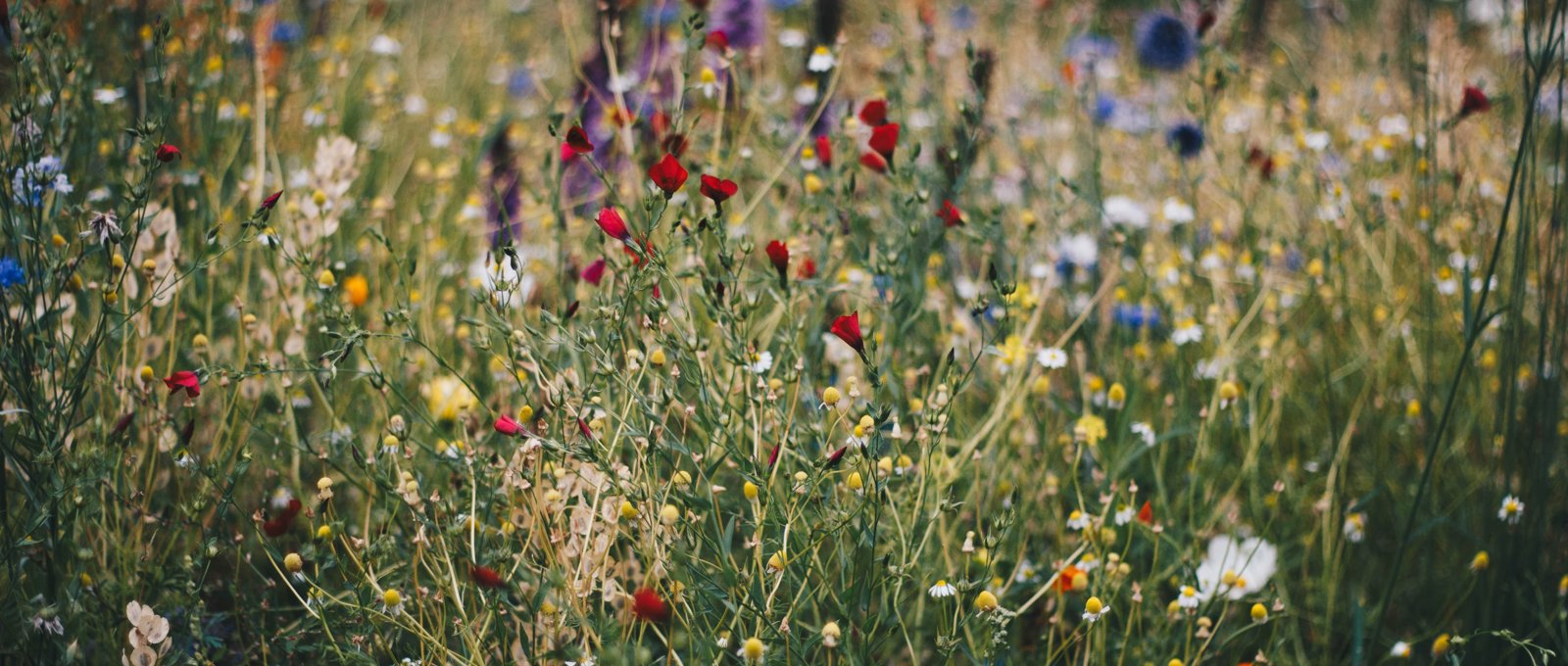For some of us the smell of freshly cut grass is one of the pleasures of a summer day. But while it may create memories of picnics, cricket and walks in the park – all that mowing, trimming and strimming can come at a price.
As well as the impact of using fuel and the emissions from equipment, traditional mowing means removing the clippings, which in the Amber Valley alone was costing Futures around £20,000 a year – money that could be better reinvested in our communities. And to help keep the green spaces around our homes looking neat and tidy, like most landscaping teams we’ve had to resort to years of using weedkillers – most of which contain glyphosphate. At the peak of our weedkiller use we were consuming up to 100 litres a week. While this chemical does the job of clearing weeds, it is hazardous to both people and the environment. It reduces the quality of the soil, which is a problem for the plants we do want to grow, and leads to soil erosion which in turn exposes stones and other hazards, which can damage equipment causing more disruption and expense.
So, since late 2019 we’ve been working with customers and other local people, including schools, to introduce new, more environmentally-friendly ways of taking care of the green spaces around our homes.
One of the first projects to come to life was in Ironville where our team hand-planted 3,000 square metres of wildflower seeds including cornfield flower and meadow grass mixes in place of the existing lawns. Around trees we used specially selected woodland seeds to remove the need for noisy and time-consuming strimming.
While some customers still preferred the sight of cut grass outside their homes, many also welcomed the return of a more natural look as well as the appearance of more flowers. This prompted local groups and volunteers to get in touch to support the project.
Fast forward to the winter-season of 2020 and further work to ‘green’ our green spaces expanded to transforming some of the shrub beds that have suffered from years of glyphosphate use. Over the planting season we put in place more than 3,000 new flowering shrubs, 300 hedging plants, ten trees and a further 5,000 square metres of wildflowers. To help with this work we upgraded our tractor and other equipment.
Now, as a result of all these changes, our annual weedkiller useage is down to less than 75 litres a year – a huge boost for the environment. But it’s not just ‘behind the scenes’ that the cost to nature is being reduced – this new approach to planting has seen not just the return of flowers but also many types of animal, including birds and insects, that play a crucial role in a healthy outdoor environment. Once established these new ‘greener greens’ also provide a fresh, natural and diverse approach to maintaining outdoor areas that we hope more and more of our customers will come to appreciate.
Doing more for the planet is now a big priority at Futures – improving sustainability is one of four central objectives in our corporate plan. And with a new strategy in place, these landscaping changes will be just one small part of many changes to come that will help to make our homes cheaper to run and more comfortable to live in as part of doing more to help reduce our carbon footprint. Watch this space!




